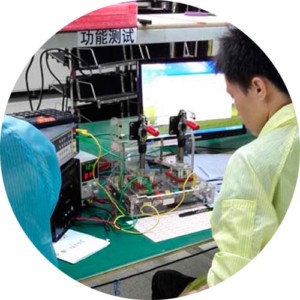PCB Assembly Process
What Is PCB Assembly Process?
Simply, the PCBA process is a combination of SMT processing and DIP processing. According to the requirements of different production technologies, it can be divided into single-sided SMT placement process, single-sided DIP insertion process, single-sided mixing process, single-sided stickers. Packing and inserting mixing process, double-sided SMT placement process and double-sided mixing process, etc.
![HVP(K0B9%S6]D`KD_M)_4CN](https://www.andwinpcb.com/wp-content/uploads/2021/01/HVPK0B9S6DKD_M_4CN.png)
1. Star PCB Fabrication & Purchase Bill Of Materials (BOM)
Once clients place the order, Andwin will arrange PCB fabrication and purchase bill of materials simultaneously.
To begin the purchasing process to put together a kit of parts, we upload the bill of materials onto our production control system. Our team checks that we have all the data required to make the electrical product and prepare documentation for production. If there are any queries, we get back to the customer straightaway. Our purchase team not only source the best price for the parts from our suppliers but they take into account extra quantities required for lead ins or spares to account for any scrap that might arise during the production process. The packaging of components is also considered at this stage, as some may need to be on wheels while other parts may need to be loose.
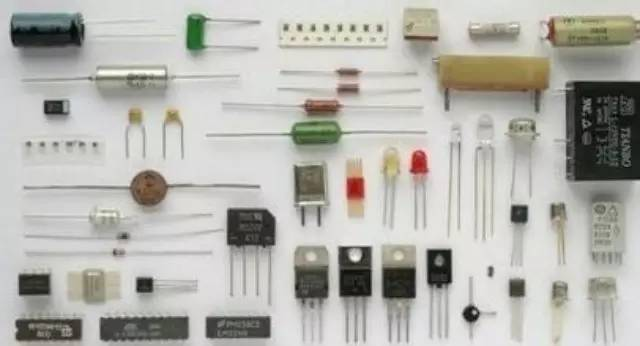
2. Electronic Component Kitting & Dry Cabinet Storage
Kitting is at the heart of the electronics assembly process and involves producing production ready kits and ensuring all parts are delivered to the right people. This process also checks that the quantities are correct to avoid any shortages later down the line. Every part that arrives is checked against the Bill of Materials (BOM) and often parts will need to be examined within their protective packaging, making note of any moisture sensitive parts.
Many electrical components are susceptible to the ingress of moisture and so we use a humidity-controlled dry cabinet to store moisture sensitive components. The dry cabinet keeps the components at a relative humidity of around 3% which is sufficient to keep them dry enough to solder later on in the PCBA process.
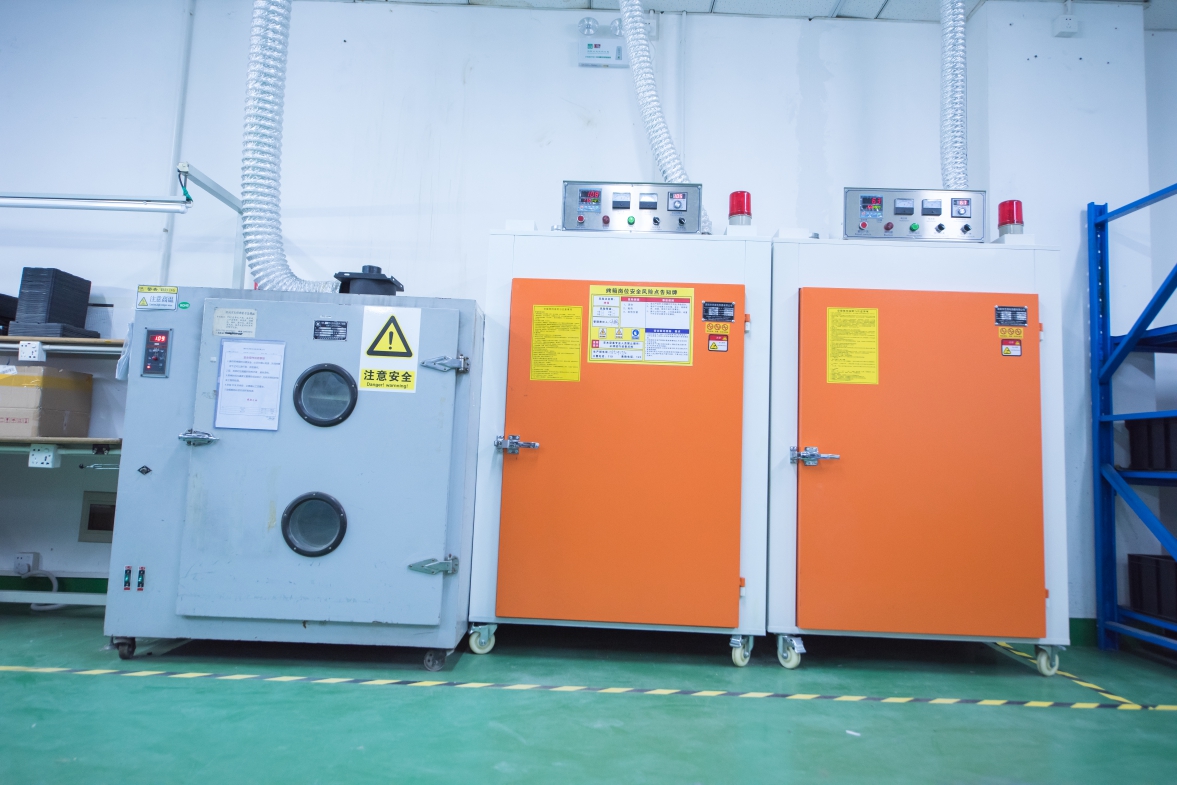
3. Solder Paste Printing
Before the surface mount parts are placed by the SMD machines, we screen print solder paste onto the surface of the PCB pads. It’s a crucial step in the PCB production as the quality of solder paste can affect the performance and reliability of the surface mount assembly. Solder paste has the consistency of butter and this is just thick enough so that when the surface mount parts are placed on the surface of the pad they will stay in position.

4.SMD Pick And Place
After the solder paste has been applied to a board, the PCBA process moves onto the pick-and-place SMD assembly machines. They are programmed to pick the parts from reels and place them onto the surface of the PCB in pre-programmed locations. These robots can do this at a rate of 20,000 parts an hour.
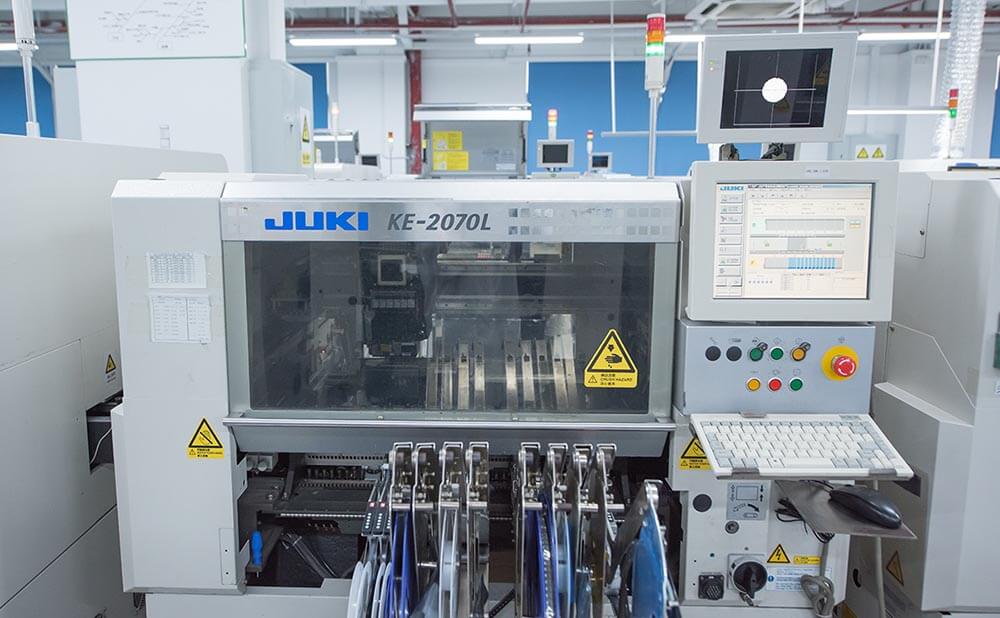
5.Reflow Soldering
The board is then moved onto a conveyor belt to process through a solder reflow machine, a large oven that fuses the solder paste into a permanent solder joint to connect the SMDs to the PCB.

6. First Article Inspection (FAI)
FAI can be understood as the first piece quality inspection before the start of mass pcb assembly.
Is to avoid the large quantities defective that because of the process,operation or other reasons.
Each resistor,capacitance and inductance will be inspected by LCR meter.
The chips verified by QC with BOM and Assembly drawing.
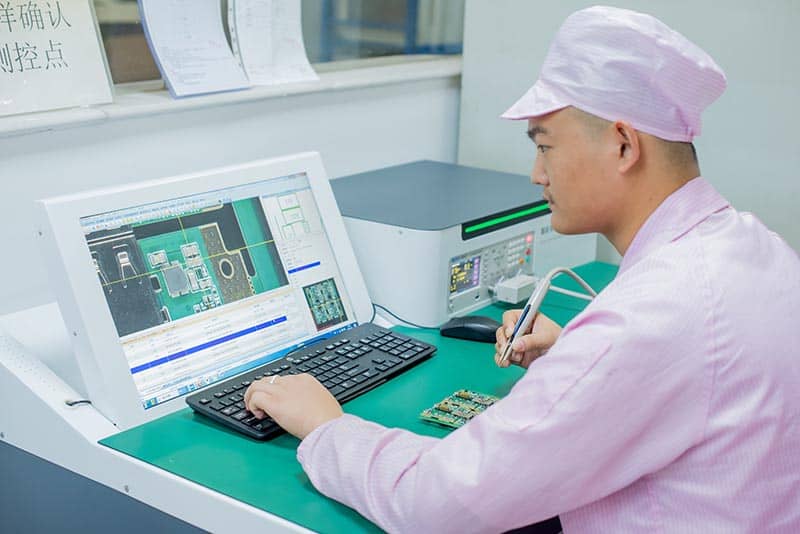
7.Automatic Optical Inspection (AOI)
AOI device is for inspection the compoents placement and solder joint quality after SMT(Surface Mounted Technology).
To achieve better quality control,find and remove the errors early in the assembly process.
It is avoid the defective product to assembly,will avoid scrapping the repairable circuit board.
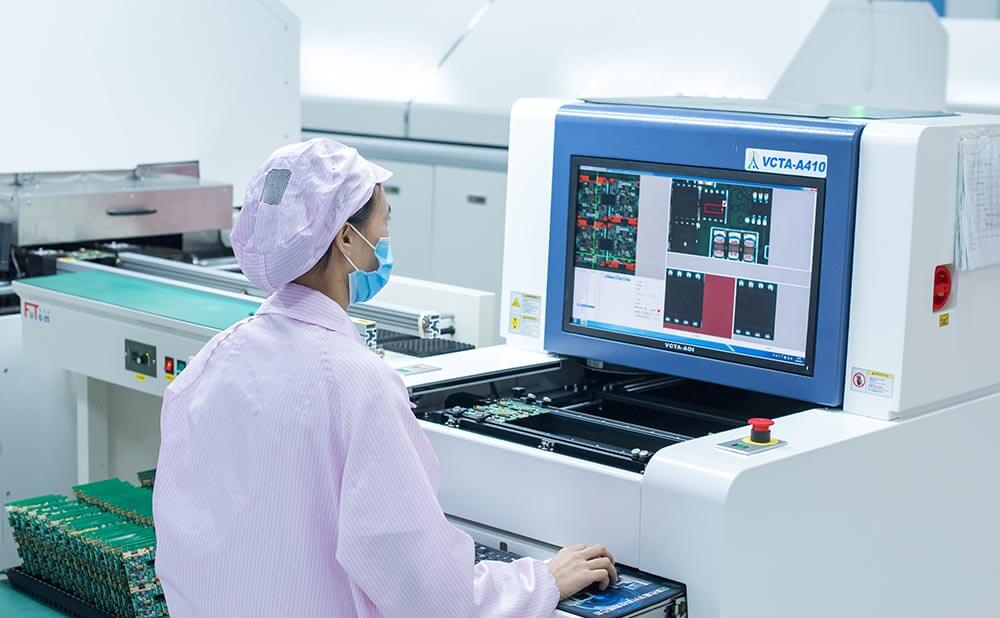
8.Hand Placement Of DIP Parts
Most components these days are placed by service mount assembly machines, but there are always some hand placed components during PCBA too. Hand placed components (DIP) could be parts that have to be inserted down holes and the wires cropped off, or components that have arrived loose in a bag.
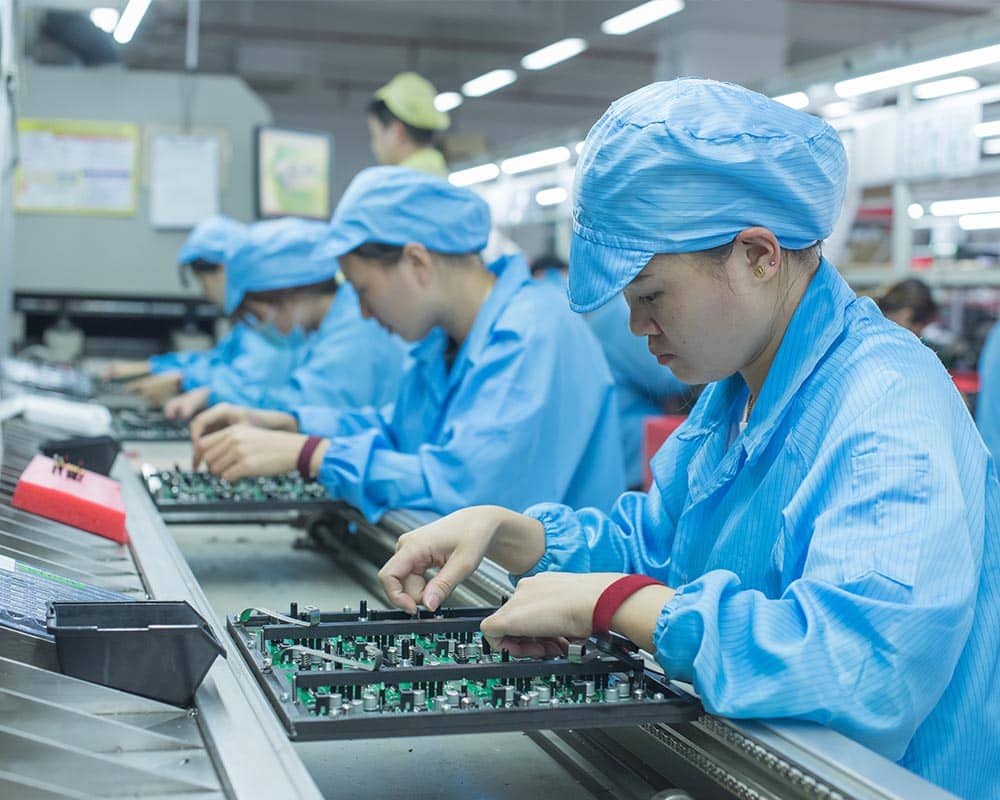
9.Wave Soldering
Wave soldering is a bulk process used to solder printed circuit boards quickly during PCB assembly. Using a wave soldering machine, PCBs are treated with flux, preheated and immersed in liquid solder. Circuit boards pass over a wave solder so that all of the joints on the underside of the board are soldered at the same time.
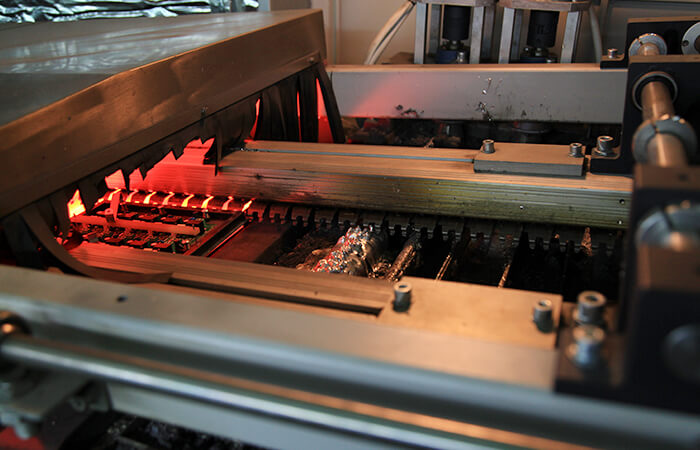
10.X-Ray Inspection
X-ray is a very short wavelength of electromagnetic waves, the wavelength range of 0.0006 a 80nm,
with a strong penetration,X-ray could penetrate a variety of different density of the material.
When the design have BGA or QFN,for checking the solder quality that could not be visible by eyes.
We will use X-ray machine to inspect the BGA or QFN package in finished PCB assembly.
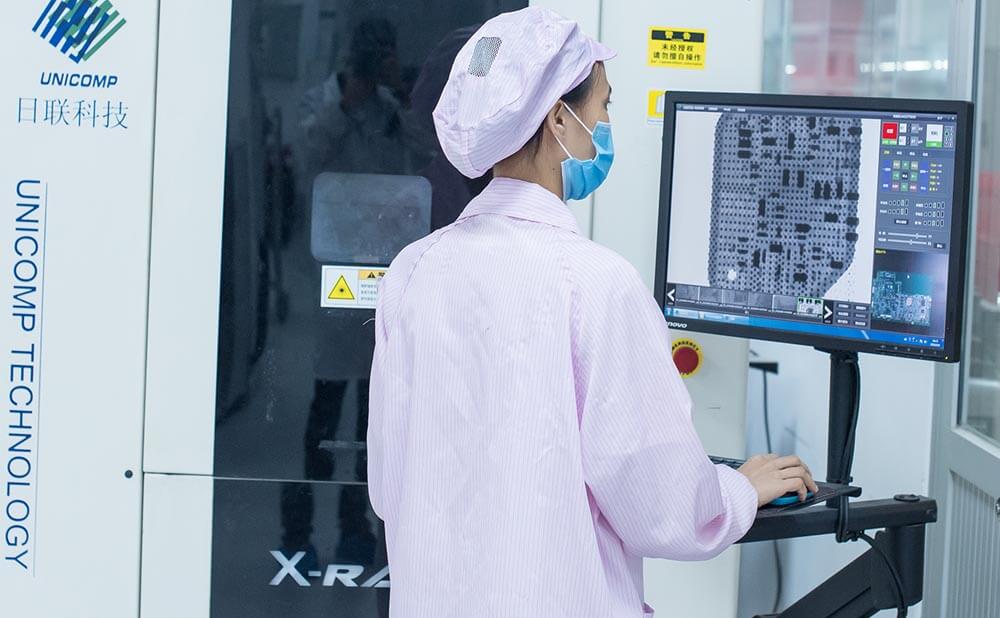
11.Final Quality Assuerance (FQA)
After all the above quality control processes, quality Engineer will make final quality visual inspection for the all product.
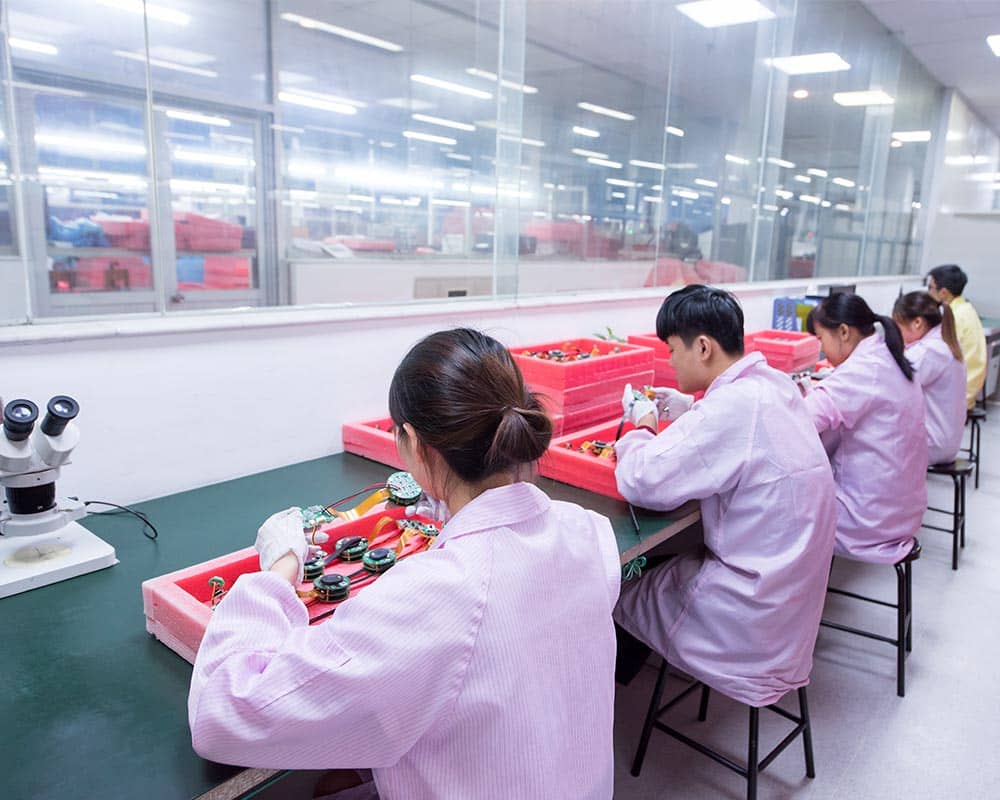
12.Functional Test
Functional Test are based on automated test tools to simulate a variety of normal, peak and abnormal load
conditions to test the performance of the final PCB assembly products.
Functional Test is a complex process, which include Tool made, Programming and testing, need technicality support from customer.
